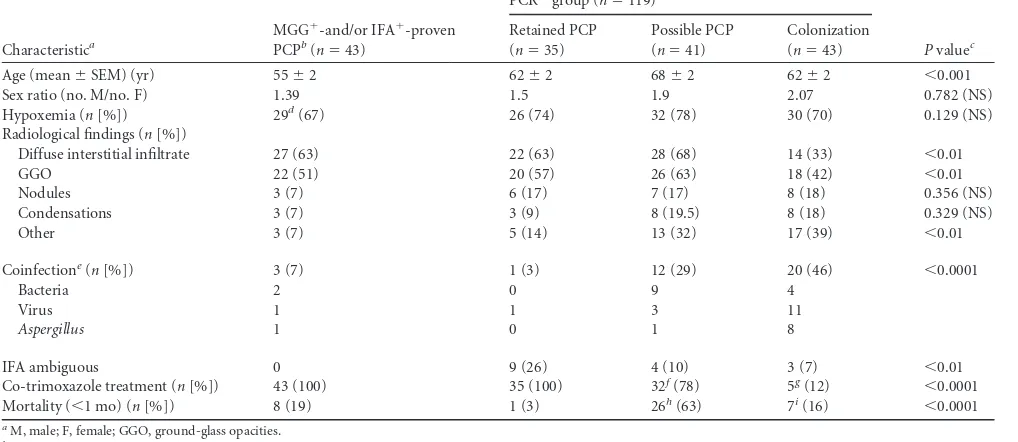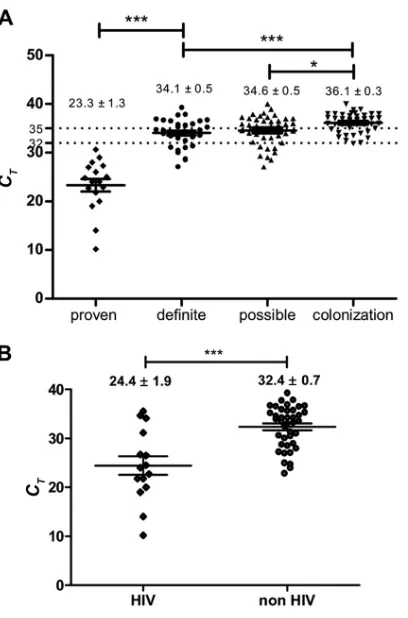Diagnosis of Pneumocystis jirovecii Pneumonia in Immunocompromised Patients by Real Time PCR: a 4 Year Prospective Study
Full text
Figure




Related documents
Ambrosino and Scutella (2005) addressed an integrated distribution network model that involves facility location, transportation, and inventory decision to minimize the
In order to reduce the temperature nonlinearity in proposed voltage reference, threshold voltage and a proportional to absolutely temperature (PTAT) voltage form the
population also included only students pursuing health professional courses hence, a very high level of awareness was observed in our study, since study of
The powder drug study of B. ciliata through SEM was observed which showed that rhizome powder was dark brown in color with astringent taste and agreeable odor. The
A total of 137 patients diagnosed with early-stage or locally advanced, HER2-positive breast cancer treated with neo- adjuvant chemotherapy with the NSABP-B27 regimen and
– June., 2019 Page 1704 Fig-10-Avifauna of Western Ghats of Kodagu and Hassan Districts. Pycnonotus luteolus (White-browed
The correlation results reveal that there is a positive and significant relationship between the moderating effect of company factors on the relationship between
For commercially available practices, the APUs have been assessed to be the cost-effective strategy with the highest estimated GHG emission reduction (Frey and Kuo, 2007).